7 Truffle Dishes That Taste Artificial and 5 Reasons to Just Avoid Them Entirely
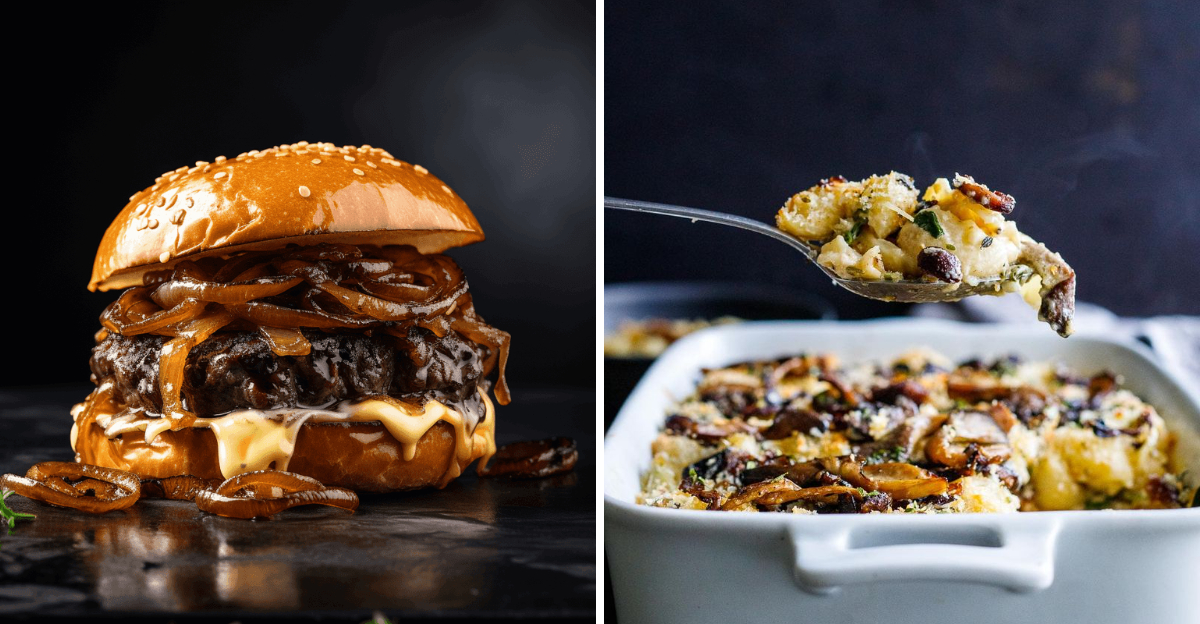
Truffle dishes are often touted as a luxurious addition to menus, but the reality is that many of these dishes rely on artificial truffle flavors rather than the real thing. With synthetic oils and essences dominating the market, the earthy richness that truffles promise often turns into an overpowering, chemical taste. In this blog post, we’ll explore seven truffle dishes that often fall short and five compelling reasons to skip the faux truffle experience altogether.
1. Truffle Fries (Almost Everywhere)
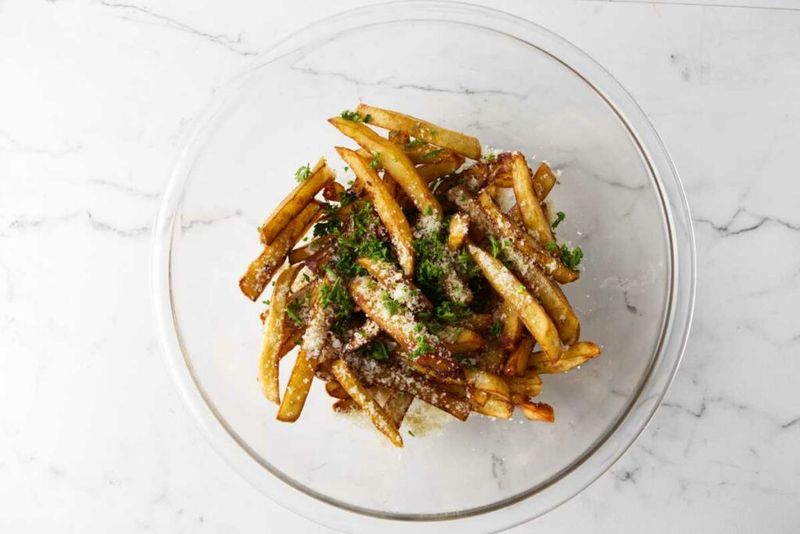
Imagine ordering a side of truffle fries only to bite into what feels like a perfumed potato stick. That’s the reality at many eateries where truffle fries are just regular fries tossed in synthetic truffle oil. The rich, earthy profile of true truffles is replaced with an overwhelming aroma that feels more akin to a fancy candle than a gourmet dish. The scent hits before the flavor, leaving a lingering, somewhat artificial taste that overpowers the fries themselves. Such a promise of indulgence, yet it often leaves you craving the simplicity of plain, crispy fries.
2. Truffle Mac and Cheese
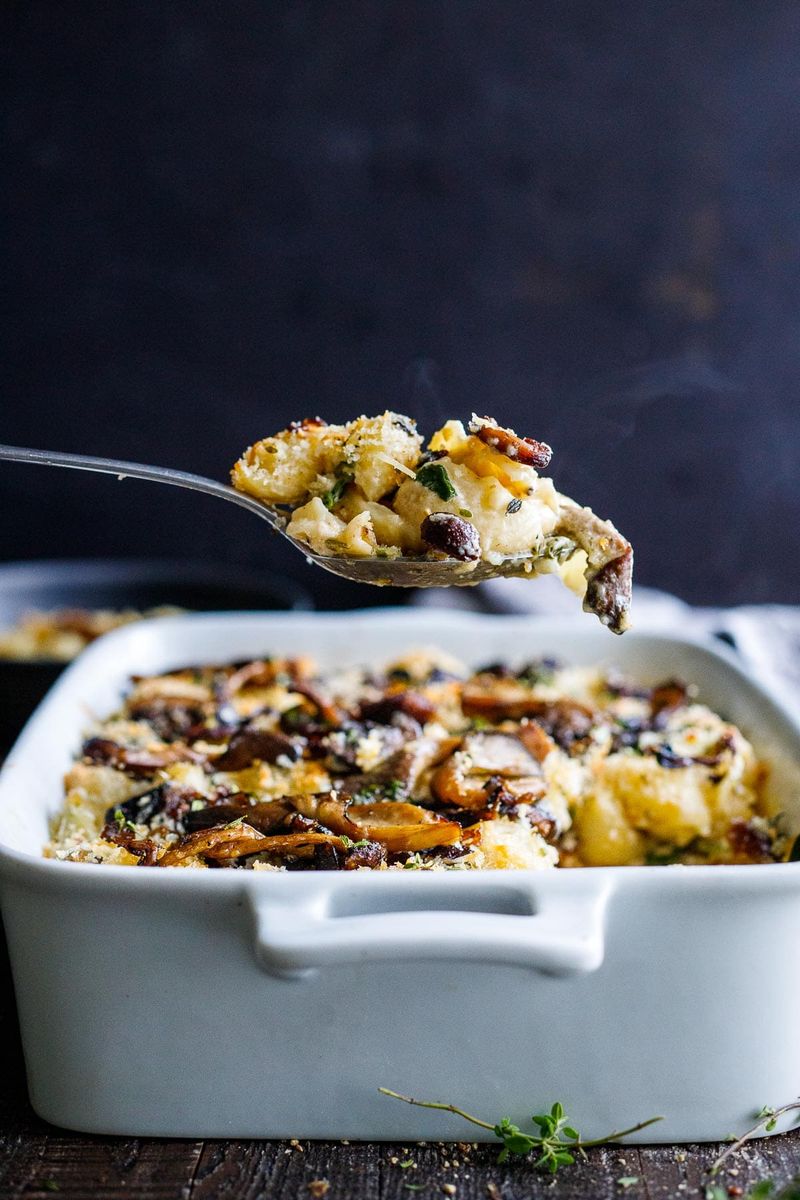
Mac and cheese is the epitome of comfort food, creamy and rich in its simplicity. Yet, add truffle oil and suddenly, it transforms into something less comforting. The synthetic truffle oil introduces a chemical aroma, reminiscent of a luxury candle, that clashes with the cheese. Instead of a harmonious blend, you get an off-putting scent that overpowers the dish. While it sounds gourmet, this version often disappoints, failing to enhance the traditional flavors. Many diners find themselves yearning for the classic taste, untainted by artificial enhancements.
3. Truffle Burgers
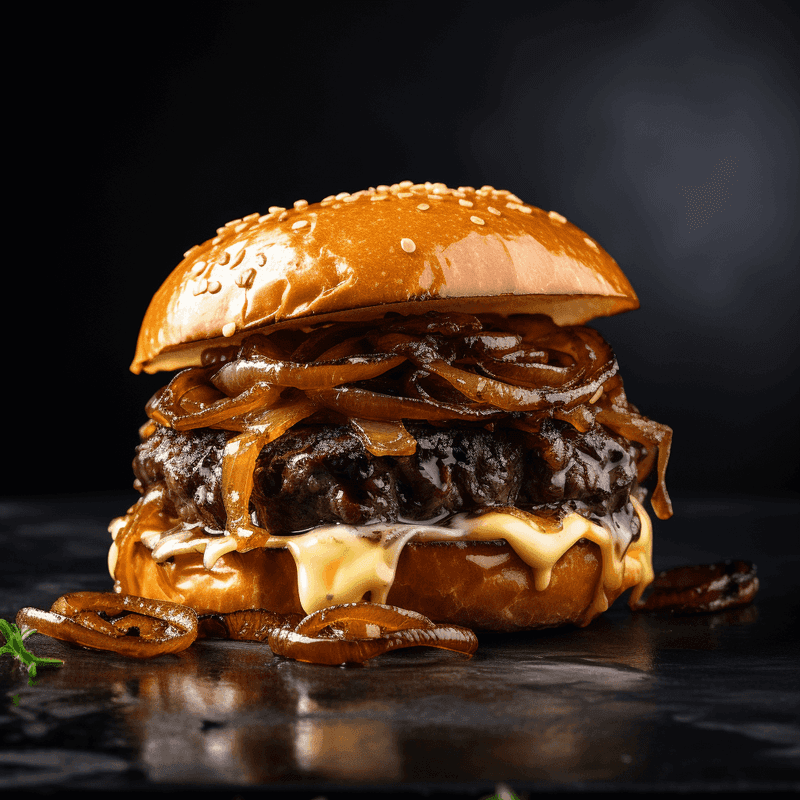
Biting into a truffle burger, you expect a symphony of flavors. Yet, what you often encounter is a singular, pungent note from truffle aioli. This truffle-infused condiment is notorious for its strong scent, which overshadows the juicy beef and fresh toppings. The allure of sophistication gave way to an overwhelming aftertaste, not always pleasant. Instead of enhancing, the truffle oil can stifle the flavor profile, leading diners to question its addition. Such a dish, meant to be indulgent, often leaves a sense of culinary imbalance.
4. Truffle Pizza
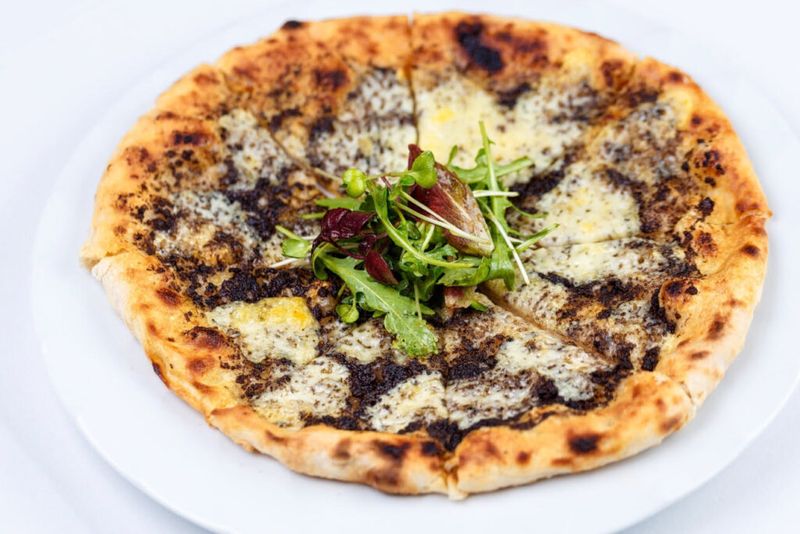
Picture a pizza, sizzling with cheese and fresh toppings. Now, imagine it drenched in truffle oil, and you’ve got a truffle pizza. The essence of the original dish gets drowned out by the artificial truffle flavor, which tends to dominate rather than complement. What should be a delightful culinary experience turns into a quest to find the pizza’s true taste. The synthetic aroma lingers long after the meal, making you ponder the dish’s true value. Often, it leaves you nostalgic for a plain slice, where cheese and sauce reign.
5. Truffle Deviled Eggs
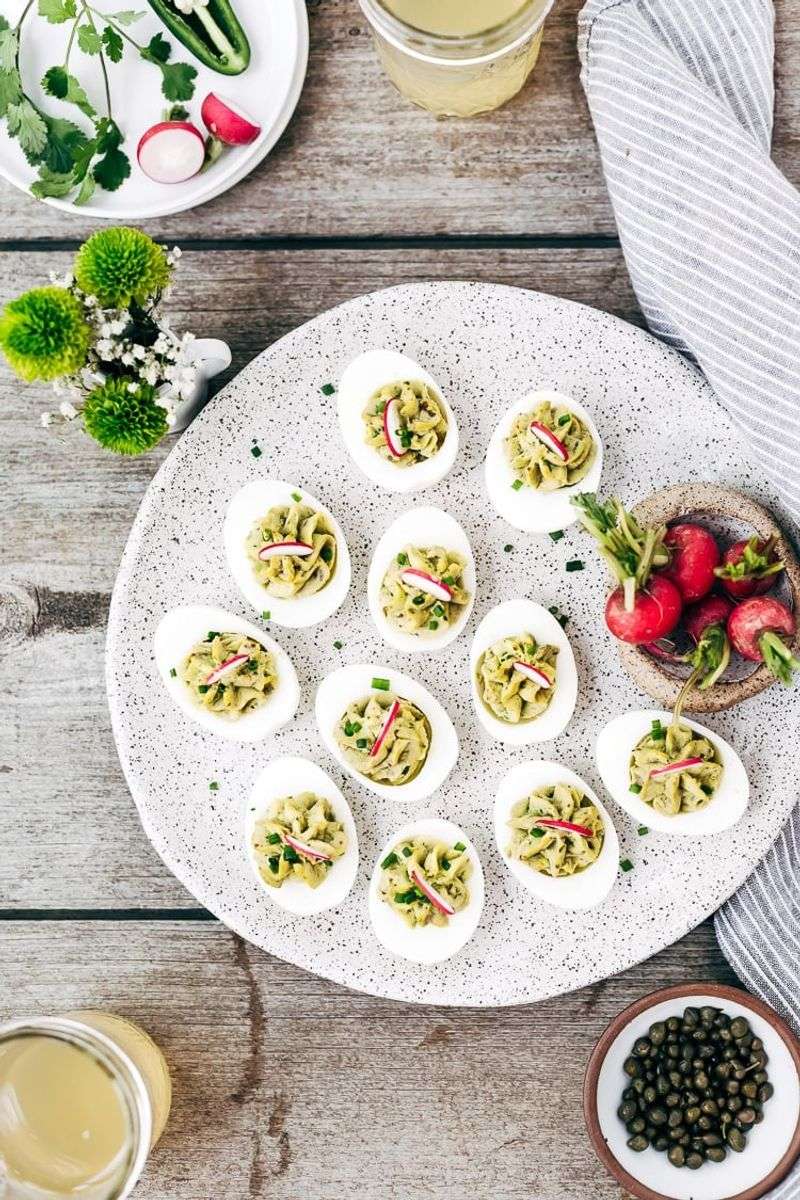
Deviled eggs are a timeless classic, but truffle oil can turn this delicate dish into a disappointment. The truffle flavor often overwhelms rather than enhances, masking the subtlety of the eggs and their creamy filling. This indulgence, meant to elevate, instead confounds the palate, leaving a synthetic aftertaste. The contrast between the delicate eggs and the heavy-handed truffle oil disrupts the balance that makes this appetizer a favorite. In pursuit of gourmet appeal, the dish loses its charm, leaving many diners longing for its traditional, unadulterated form.
6. Truffle Popcorn
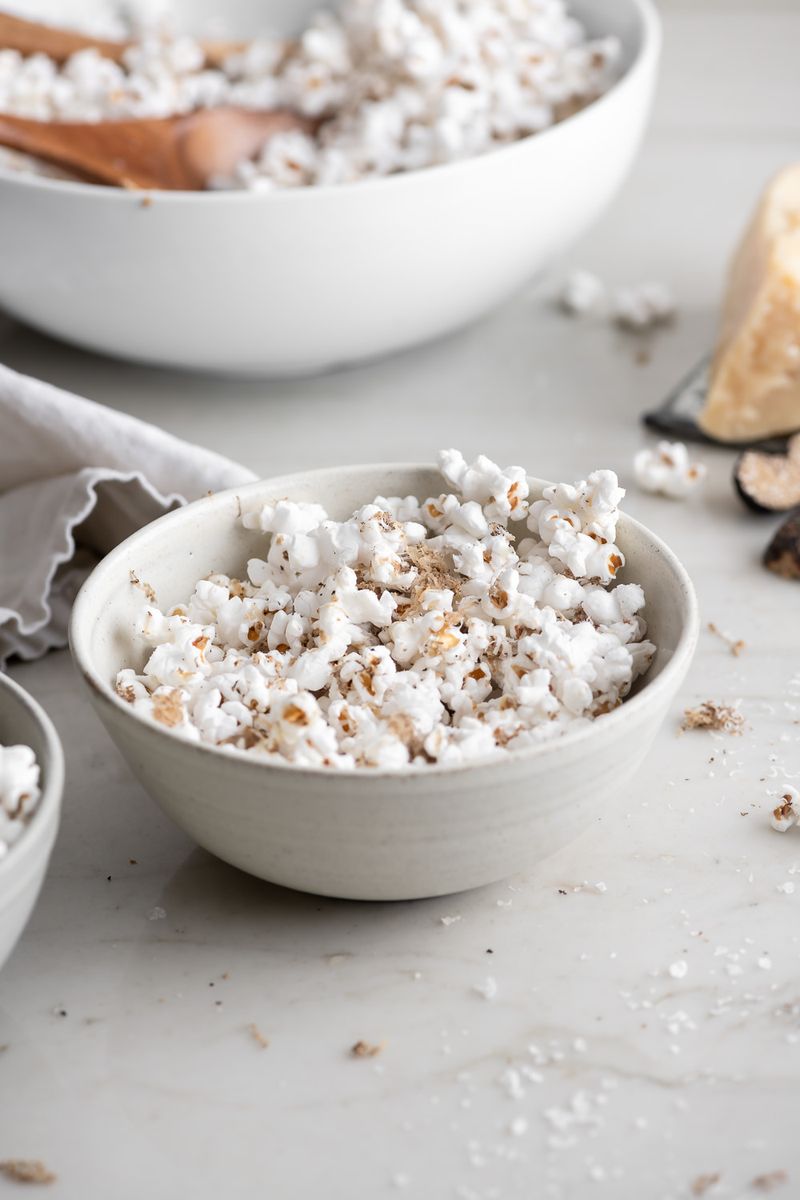
A movie night essential, popcorn is usually simple and delightful. But add truffle oil, and simplicity turns into synthetic complexity. What should be a comforting snack becomes a playground for artificial truffle’s overpowering aroma. The taste can resemble chemical butter mixed with soil, a far cry from the buttery goodness expected. While the smell might intrigue you initially, the flavor often falls flat, leaving a perplexing aftertaste. Many find themselves missing the classic, buttery popcorn that makes movie nights special.
7. Truffle Aioli on Everything
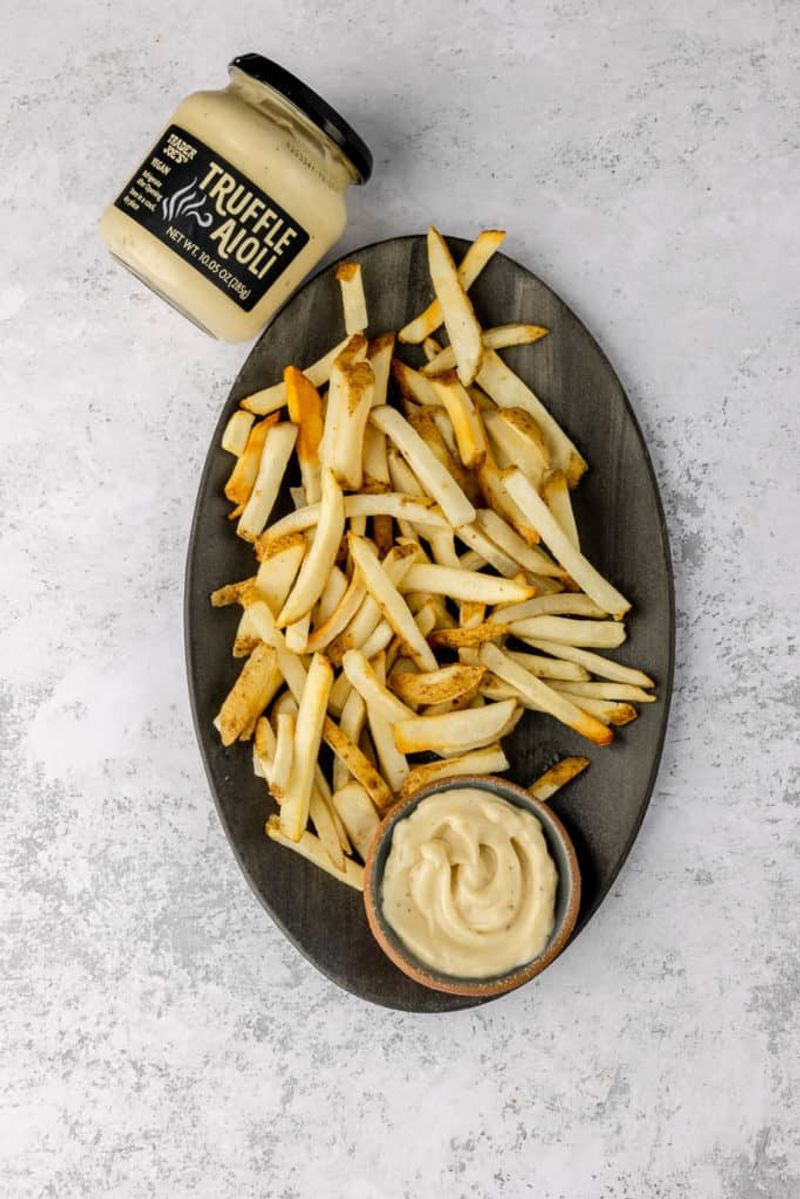
Truffle aioli has become a universal garnish, appearing on everything from sandwiches to seafood. Yet, its promise of luxury often turns into an overpowering scent with little substance. The creamy texture is overshadowed by an aromatic intensity that doesn’t always please the palate. Instead of enhancing, it can mask the natural flavors of a dish, leading to a one-dimensional taste experience. As it spreads across menus, diners increasingly question its ubiquitous presence, often longing for a simpler, more honest approach to flavor.
8. Most of Them Don’t Use Real Truffles
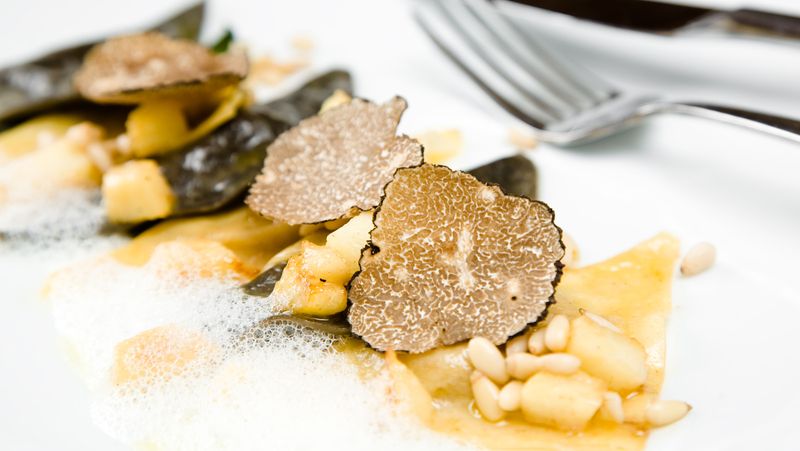
The allure of truffle dishes is often based on the mystique of real truffles, rare and earthy. However, most offerings involve truffle flavoring or synthetic aroma, not the genuine article. This fake experience doesn’t justify the premium price tag. Diners expecting the rich, nuanced flavor of real truffles are met with an artificial imitation. The discrepancy between expectation and reality leaves a lingering disappointment. Knowing you’re paying extra for something not authentic can be disheartening, leading many to reconsider these culinary choices.
9. The Flavor is Overpowering
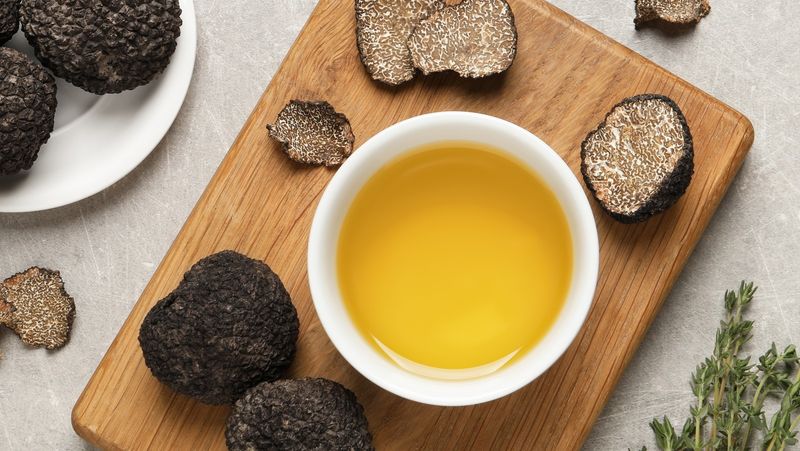
Truffle oil is infamous for its loud and clingy flavor, dominating the palate rather than complementing it. Its synthetic counterpart often smothers other ingredients, turning complex dishes into a singular, overpowering note. The initial intrigue quickly turns into a struggle as the truffle flavor refuses to let go, leaving a lasting imprint on your taste buds. For many, this overpowering nature negates the appeal of truffle dishes entirely. It becomes a question of whether such intensity is desirable, especially when it overcomes all else.
10. It’s a Pricey Gimmick
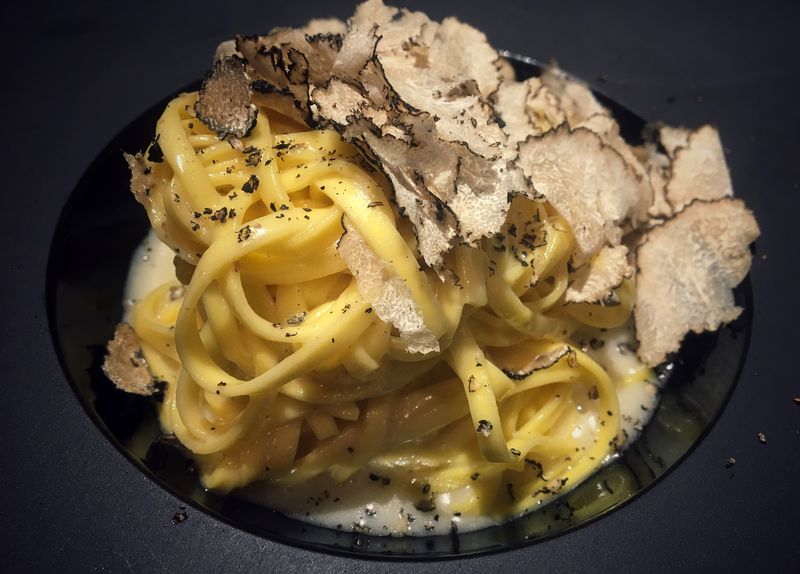
The addition of truffle oil often translates into a significant price increase, elevating dishes beyond their worth. This pricey gimmick capitalizes on the allure of luxury, even when synthetic truffle is involved. A simple drizzle can add several dollars to a meal, yet it rarely enhances the dining experience to justify the expense. Diners may leave feeling they’ve paid more for the idea of sophistication rather than its reality. This economic disparity leaves many reconsidering the value of truffle dishes, opting for authenticity over pretense.
11. They’re Overused and Overhyped
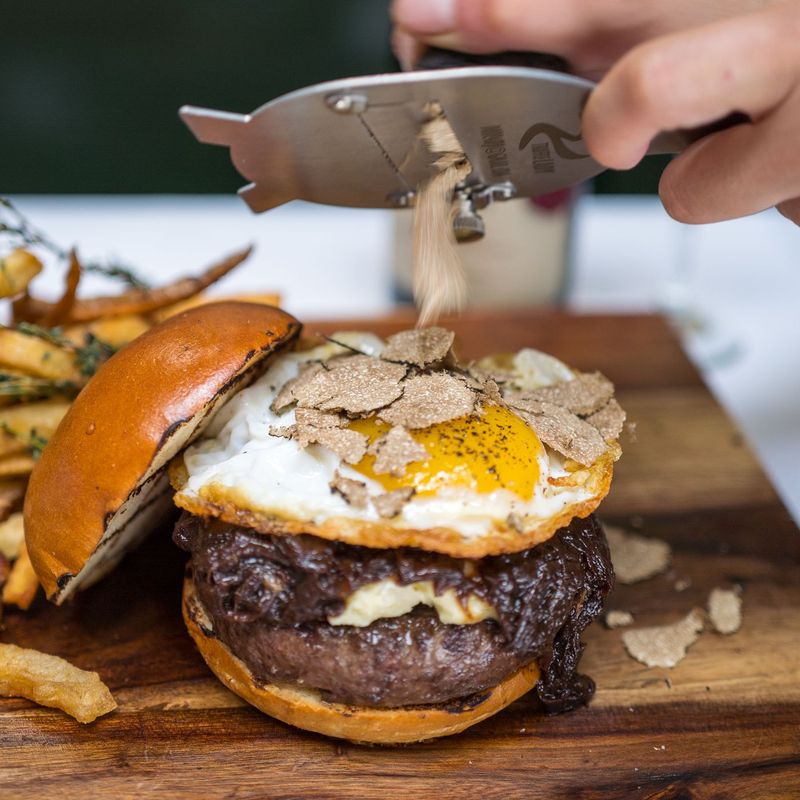
Truffle oil, once a mark of culinary sophistication, now finds itself overused and overhyped, appearing in an array of unlikely dishes. This overexposure has diluted its prestige, turning what was once a chef’s secret weapon into a tired trope. The widespread application means its specialness fades, leaving diners unimpressed by its ubiquity. As it becomes a default addition rather than a thoughtful inclusion, the novelty wears off quickly. This overuse leads many to question the true value of truffle-infused dishes, longing for more creative culinary experiences.
12. It’s an Acquired Taste—That Most Don’t Actually Love
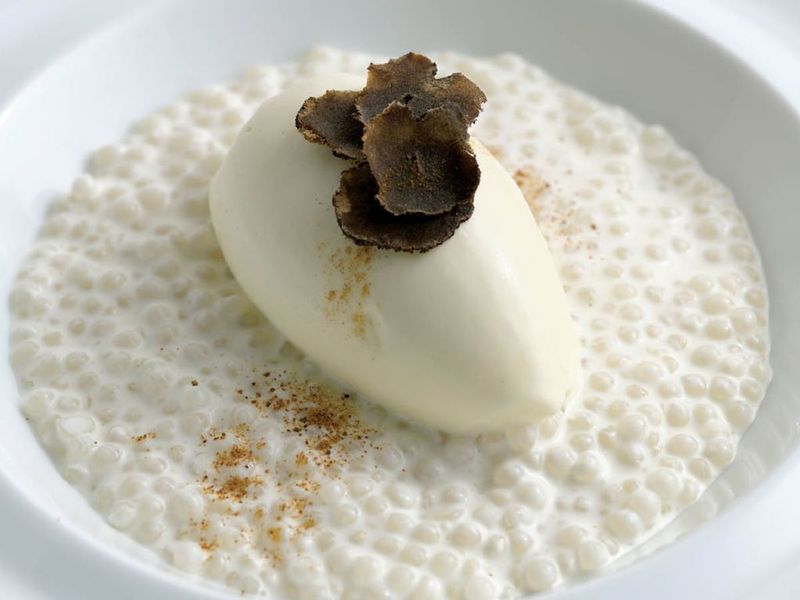
Truffle oil is often touted as the pinnacle of gourmet flavor, yet it remains an acquired taste that divides opinion. Many diners consume it because it’s portrayed as sophisticated, not necessarily because they enjoy it. The intense, synthetic flavor can be off-putting, leaving some to question its appeal. Despite its reputation, the love for truffle is not universal, with many finding it more peculiar than pleasant. As the mystique fades, so does the pressure to conform to its supposed allure, revealing personal taste as the ultimate guide.
